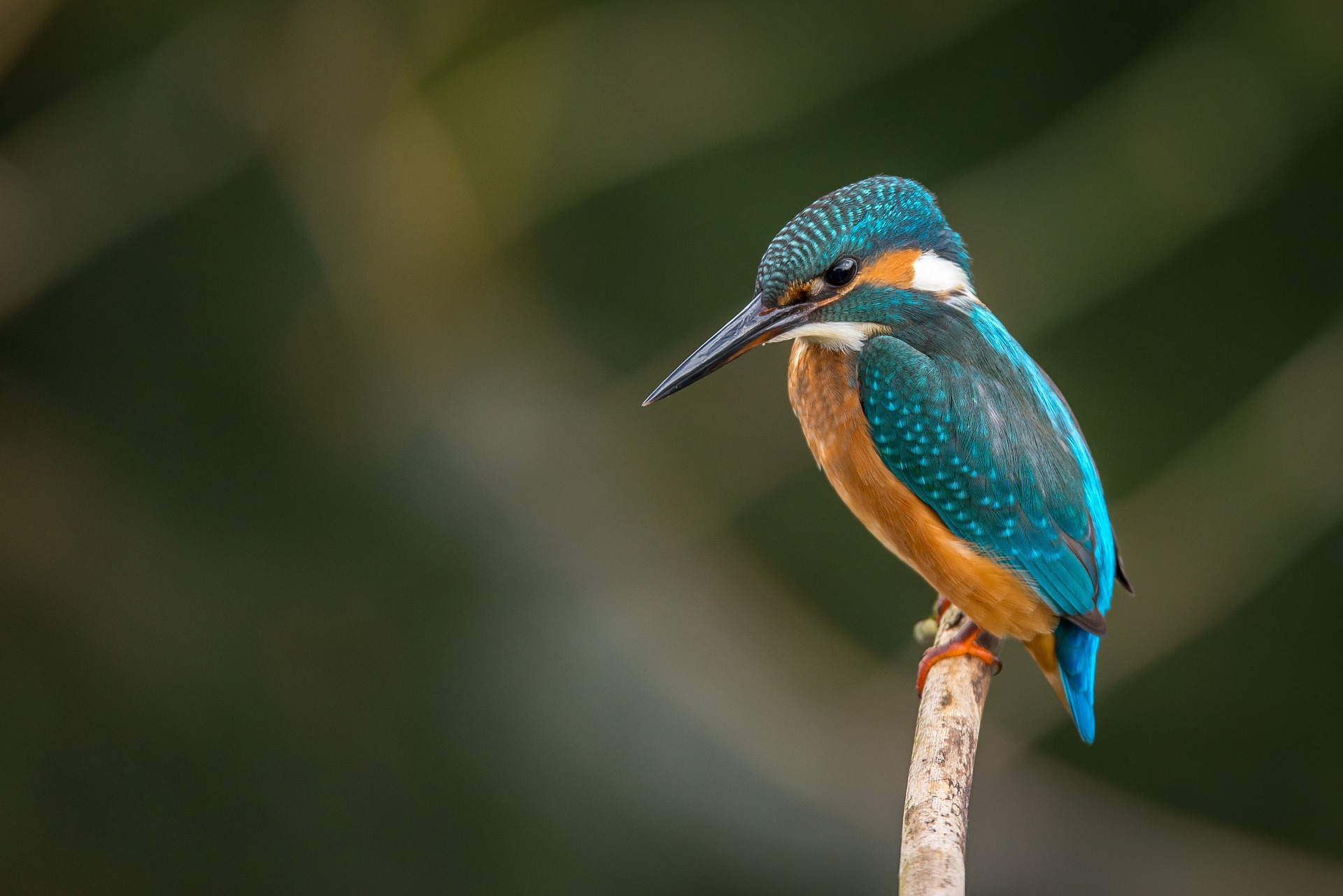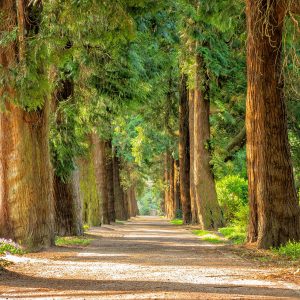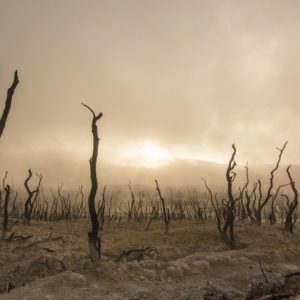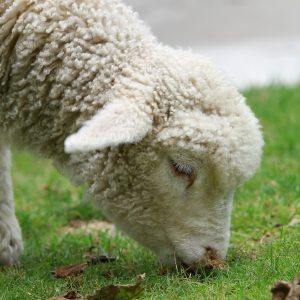DISCOVER THE AMAZING WORLD OF BIRDS!
The aim of this course is to introduce the student to the many interesting and diverse bird species, and their physiology and habitats. You will learn a wide variety of bird facts, through a combination of tools such as reading, interacting with tutors, undertaking research and practical tasks, and observing birds.
COURSE STRUCTURE
The course consists of nine lessons.
- Classification & Introduction to Birdwatching
History of birds; Classification (Classes, Subclasses, Superorders, etc); Bird Migration; Birdwatching clubs & Other information sources, etc Binoculars, etc - The Biology of Birds
Anatomy, external & internal structure, breeding, eggs etc. - Common and Widespread Land Birds
Pests, introduced birds, pigeons, crows & their relatives, etc. - Giant Birds & Long Legged Birds
Emu, Ostrich, Herons, Storks & Relatives etc - Seabirds & Waterbirds
- Hunters
Birds of Prey, Owls, Kingfishers - Passeriformesincludes all song birds, plus lots of other birds including: larks, jays, magpies, swallows, nightingales, wrens, mockingbirds, robins, bluebirds, thrushes, pipits, shrikes, warblers, blackbirds, orioles, finches, grosbeaks, tanagers, and more
- Other Birds
Parrots, Honeyeaters, Swifts & others - Attracting, Feeding & Keeping Birds
EXAMPLES OF WHAT YOU WILL DO IN THIS COURSE
- Contact a Birdwatching Club or organisation in your own country, or region of the world, and find out what services and information they offer. You may locate groups on the internet, or listed under clubs and organisations in the Yellow Pages section of your phone book. You might contact them on the phone, or by email, by letter; or by attending a meeting.
- Write a brief history of the evolution of birds mentioning of species that have become extinct and give reasons as to why you think this occurred.
- Research and discuss the breeding cycle of one particular bird species (of your own choosing), then identify any traits or behavioural patterns that are unique to this species
- Select different birds from groups studied, and research each different bird using any resources you have available to you, such as textbooks, the internet, libraries, etc. Write a paragraph describing each of the six birds you selected, giving a detailed description of their external appearance, together with details of their distribution, structure, feeding habits and breeding. If possible, focus on any birds from each group that inhabit or regularly migrate to your region.






